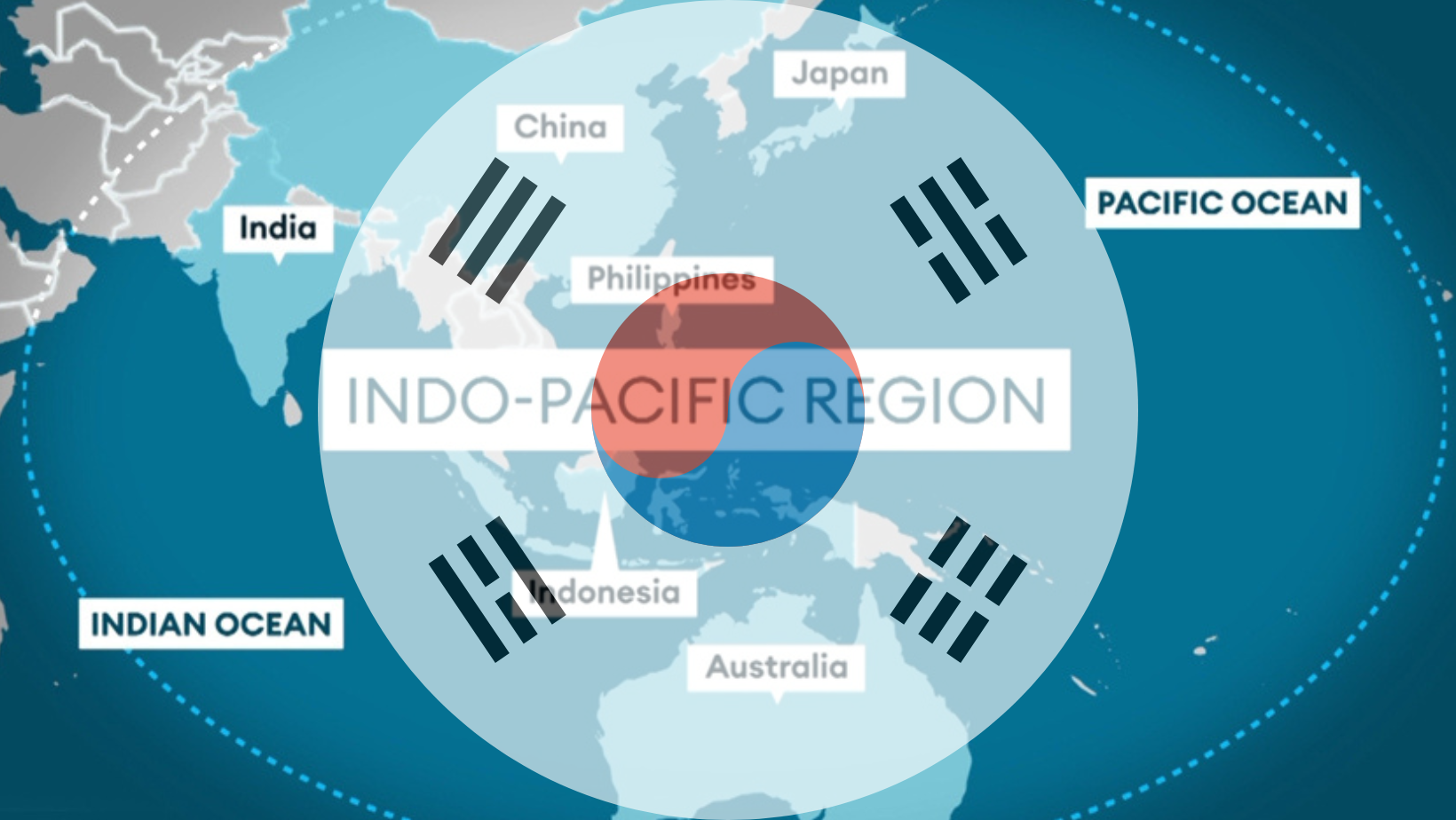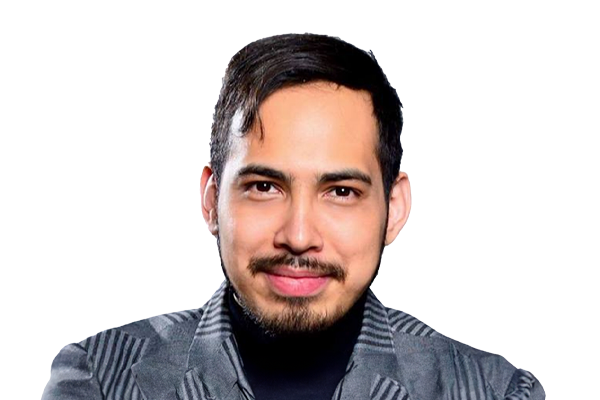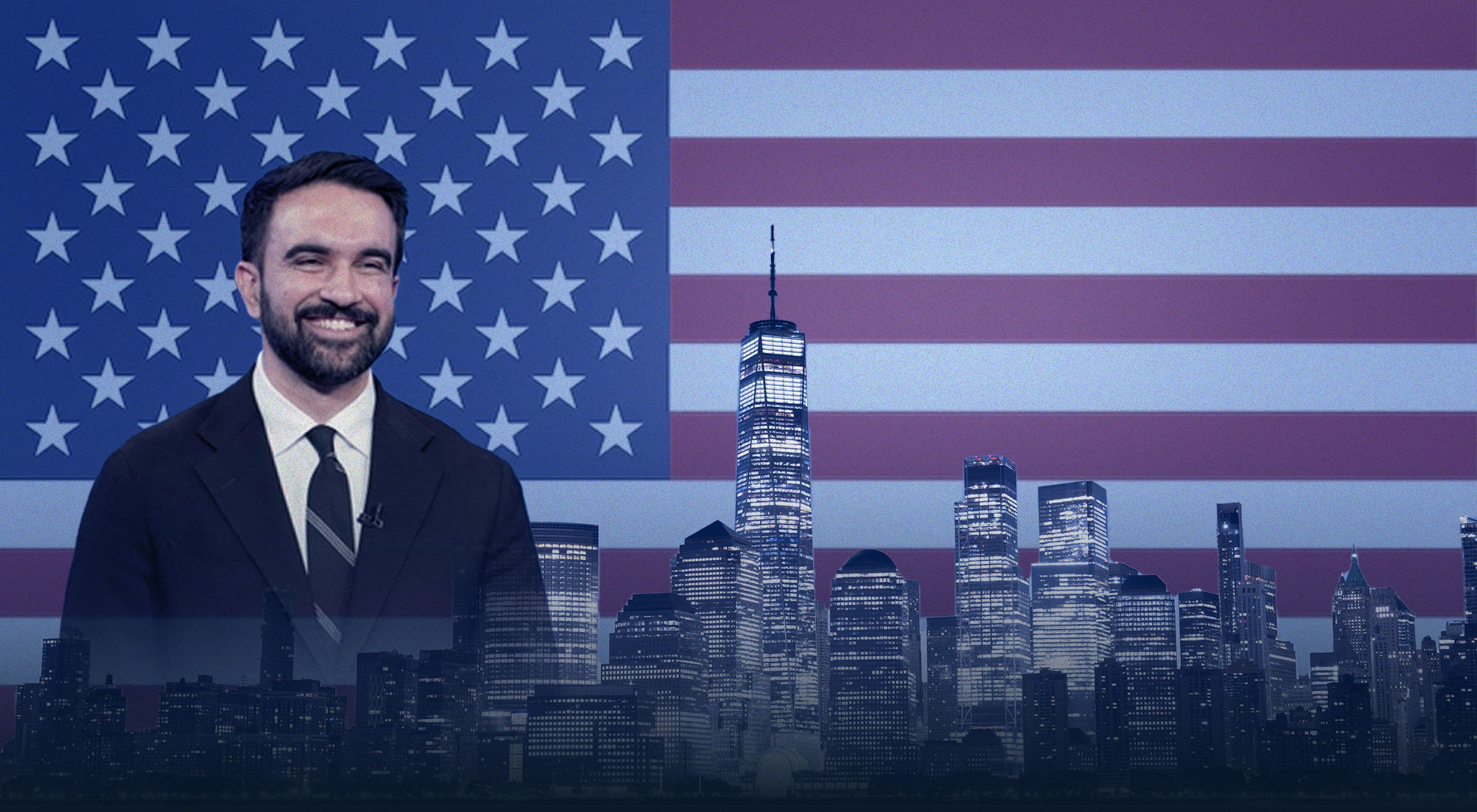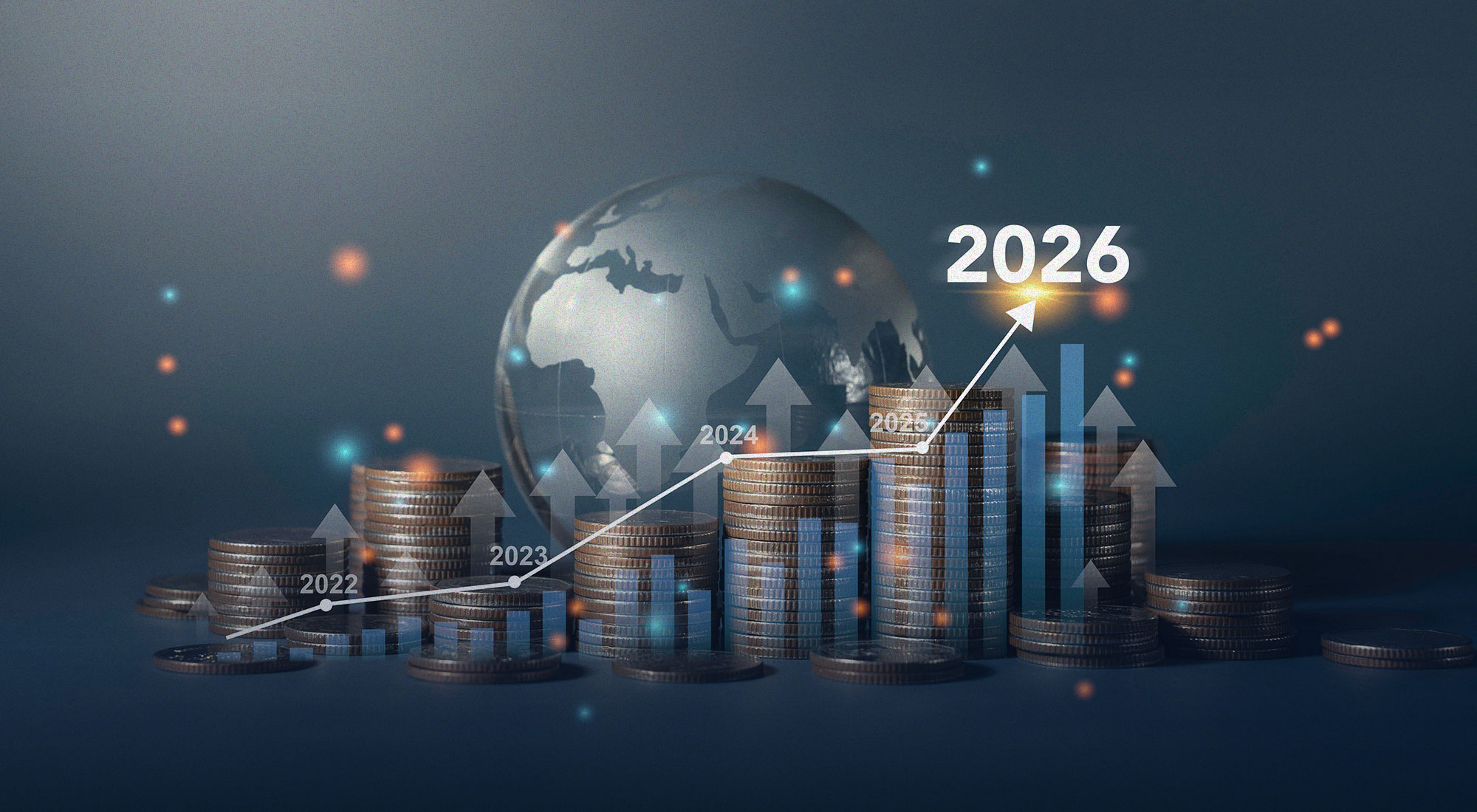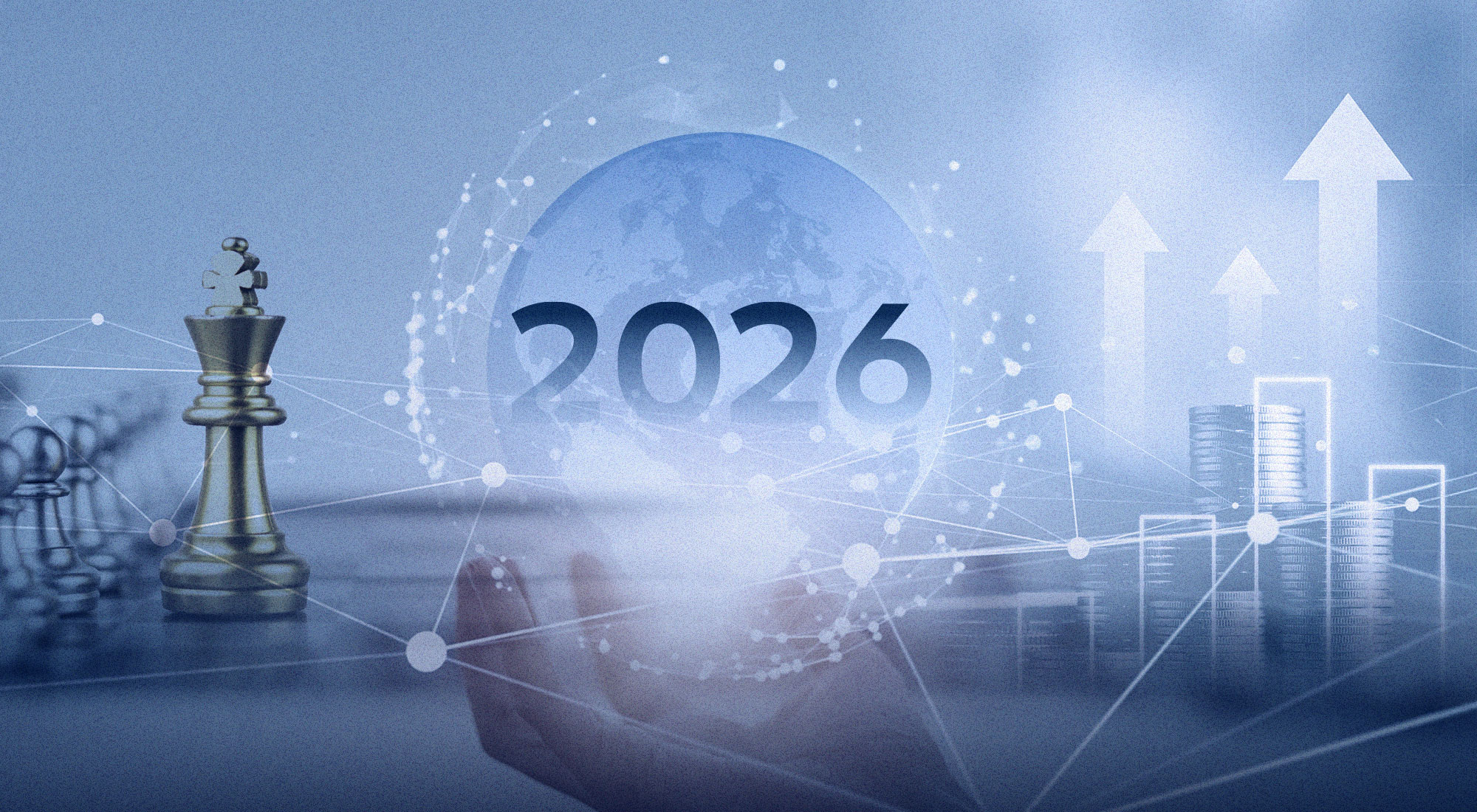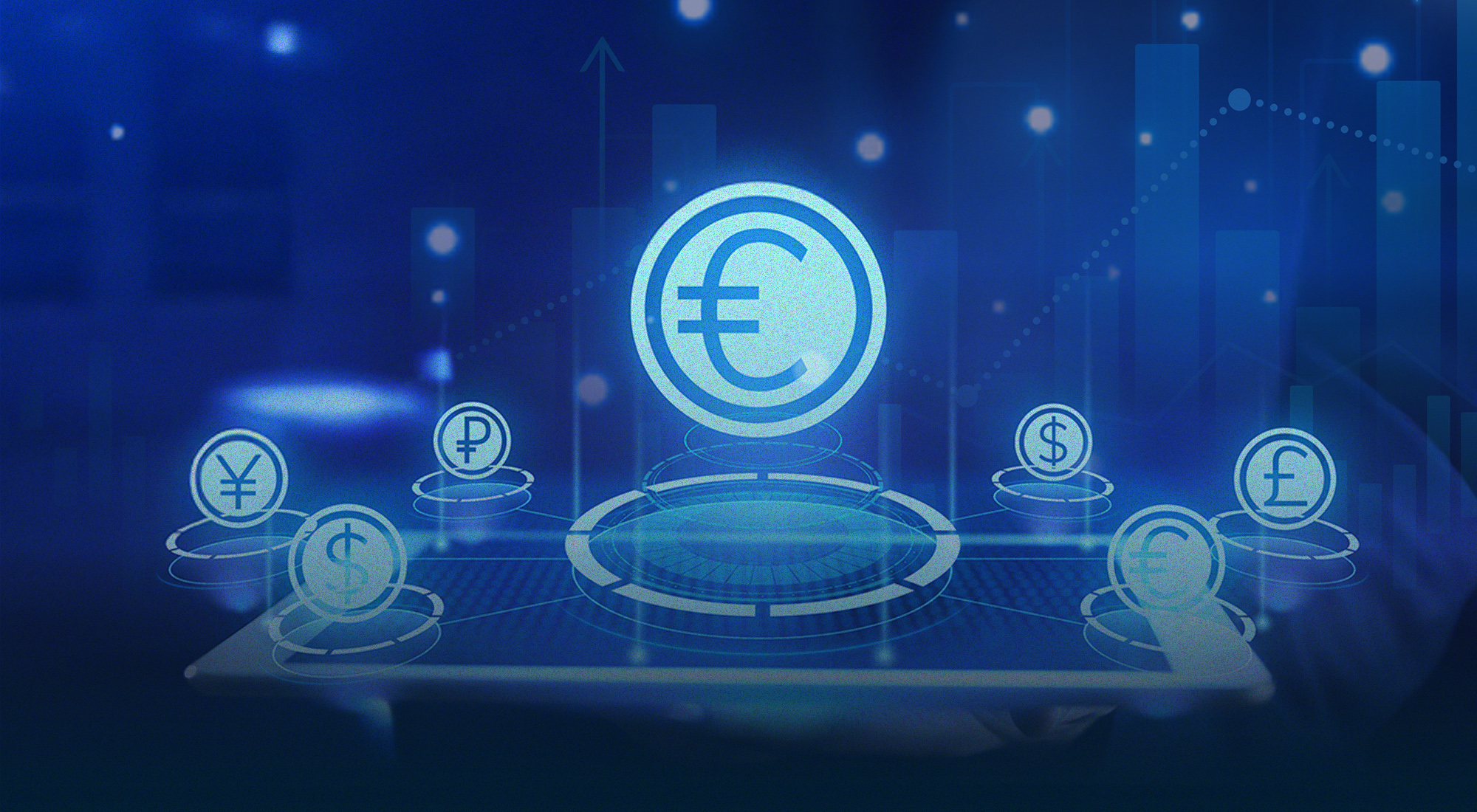“The country has come a long way, but it can become an even more responsible and respected member of the international community,” wrote South Korea President Yoon Suk-yeol in a spirited essay earlier this year.[1] He lambasted the then incumbent Moon Jae-in administration as too “parochial and shortsighted” in its conception of “national interest”, given its singular focus on “a foreign policy tailored mostly to improving relations with North Korea [that] has allowed Seoul’s role in the global community to shrink.” In a major departure from South Korea’s largely Beijing-friendly foreign policy, Yoon instead pushed for a “deeper alliance with Washington” as “the central axis of Seoul’s foreign policy,” particularly since “his country has benefited from the global and regional order led by the United States.”[2] Instead of embracing strategic subservience, however, he pushed for a comprehensive, dynamic and forward-looking approach, which allows the bilateral alliance to “adapt to the needs of the twenty-first century.”
Rejecting the traditional conception of military alliances, which “solely balance against specific military” and seek to “inflict damage on adversaries through economic retaliation or technological assaults,” Yoon advocated for “complex networks of cooperation on a diverse set of issues, including privacy, supply chains, and public health.”[3] True to words, Yoon hosted US President Joseph Biden in May, the first foreign trip by the American leader, to discuss cooperation on a wide range of strategic issues, ranging from high-tech investments to supply-chain resilience as well as the Indo-Pacific Economic Framework (IPEF). There were, of course, discussions on more traditional security concerns, especially in light of new tensions in the Korean Peninsula as well as rising Sino-American tensions in the Indo-Pacific.[4]
In a major departure from his predecessors, Yoon has openly expressed his interest in joining US-led security partnerships such as the Quadrilateral Security Dialogue, better known as the Quad, and the G7+4 (also known as G11) grouping, along with Western industrial giants as well as the emerging powers of India and South Africa.[5] Three factors, in particular, bode well for Yoon’s strategic vision, namely (i) internal faultlines within the Quad, (ii) South Korea’s capacity to project power on a global scale, and (iii) America’s push for a “Pacific NATO” amid rising tensions with China.[6] But beyond being a staunch ally of America, and seeking more voice within US-led partnerships, South Korea wants to project power on its own terms. After all, the Northeast Asian country is not only a global industrial power and technological dynamo, but also one of the world’s largest arms exporters. At the heart of the new South Korean leader’s foreign policy agenda is nothing less than the transformation of his country into a “global pivot state”.
Less than meets the eye
Until recently, India, Asia’s other rising giant, was seen as an inevitable ally of the West. If anything, Indian-American expert Fareed Zakaria envisioned his country of birth as the ally of the 21st century for America, especially as the South Asian country sheds its decades-old “non-aligned” foreign policy tradition.[7] Under a nationalist-populist prime minister, Narendra Modi, India has become not only more assertive in projecting power through a burgeoning navy and booming economy, but has also more openly emphasized shared strategic and ideological values with the West.
After decades of above-average growth rate,[8] the South Asian powerhouse now boasts among the world’s largest economies[9] and is set to be among the three largest by the middle of the century.[10] The country also boasts a massive $73 billion defense budget, which has allowed India to become the world’s leading importer of military hardware. India has also become a major source of development assistance to neighboring states as well as a global leader in COVID-19 vaccine production amid the ongoing pandemic.[11]
Recognizing India’s centrality to the emerging multipolar global order, multiple US administrations, especially under presidents Donald Trump and Joseph Biden, have openly courted the South Asian country as the pivot of a “free and open order” in the Indo-Pacific,[12] reinforcing India’s centrality to the increasing institutionalization of the Quadrilateral Security Dialogue, better known as the “Quad”.
Under Trump, the US conducted first-ever ministerial meetings among Quad powers, while Biden oversaw the first summit among the heads of state of Australia, India, Japan, and the United States. The ongoing conflict in Ukraine, however, has exposed deep faultlines within the emerging alliance. While Australia and Japan fully backed US sanctions against Russia, India decided to press ahead with expanded trade and strategic relations with the Eurasian power.[13]
Top US officials openly questioned India’s commitment to shared democratic values, while US President Joseph Biden began publicly pointing out India’s “own problems”,[14] namely the declining human rights situation in the South Asian country.[15] In response, India lashed back at the US, with top Modi administration officials openly questioning Washington’s moral ascendancy, the West’s “hypocrisy”, and the uptick in anti-Asian racism across the West.[16]
With the US Secretary of Defense Lloyd Austin making it clear that his country is committed to a containment strategy against Russia,[17] the Pentagon began to threaten sanctions should New Delhi press ahead with the purchase of big-ticket defense items such as the S-400 missile defense system. As Pentagon Press Secretary John Kirby pointed out: “We’ve been very clear with India as well as other nations that we don’t want to see them rely on Russia for defense needs. We’ve been nothing but honest about that and discouraging that.”[18]
In the shadows
To be fair, the West and India have tried to head off a breakdown in bilateral relations by emphasizing shared strategic interests, the pursuit of comprehensive strategic cooperation, and high-level meetings, such as the Fourth Annual US-India 2+2 Ministerial Dialogue in recent months. The reality, however, is that India, unlike Australia and Japan, is a populous developing nation, which is neither a US treaty ally nor has the luxury of rolling back strategic ties with the likes of Russia or China.[19]
Add to that India’s long tradition of strategic “non-alignment”, which is born out of decades of traumatic geopolitical experiences, including the West’s support for strategic rivals to the west (Pakistan) and east (China).[20] Thus, there are structural limitations on America’s strategic engagement with India. And here enters South Korea, an economic dynamo and a US treaty ally, which has begun to rediscover its place in the Indo-Pacific.
Up until recently, the Northeast Asian country punched well below its weight. Former administrations, including both conservative (Park Geun-hye) and progressive (Moon Jae-in) adopted a de facto “nonaligned” doctrine towards the emerging New Cold War between the US and China. While the Park administration focused on enhancement of economic and cultural ties with Beijing, the Moon administration actively sought China’s assistance in his intra-Korean peace initiative.[21]
The upshot was a bizarrely intimate relationship between South Korea and China, just as Seoul’s relations with the US soured over deepening trade spats with the former Trump administration and bilateral tensions with Japan reached a new low amid a revival of old historical animosities. Nevertheless, multiple South Korean administrations have remained committed to the long-established tradition of maintaining an equilateral strategic posture towards external powers, namely preserving equally warm ties with both Washington and Beijing as well as with other major regional powers, such as Japan.[22]
The conflict in Europe, however, reinforced South Korea’s longstanding strategic linkages with America and, accordingly, bolstered its position within the US-led network of alliances in the Indo-Pacific. Shortly after the war in Ukraine began, South Korea joined Japan, Taiwan, Australia, New Zealand, Singapore, Switzerland, Canada, the European Union, the United Kingdom and the United States in imposing comprehensive sanctions on Russian exports.[23]
Crucially, the deadlock in inter-Korean peace negotiations also reduced China’s leverage over the Moon administration in Seoul. With the outgoing South Korean president facing growing criticism over his seemingly overfriendly relations with Beijing, he began to double down on his country’s alliance with America.
New kid in the block
For then presidential candidate Yoon Suk-yeol, a high-profile prosecutor hailing from the conservative opposition People Power Party, South Korea needed nothing less than a foreign policy revolution. “This is a moment of change and flux in international politics. It calls for clarity and boldness, and for a commitment to principles. South Korea should no longer be confined to the Korean Peninsula,” he wrote in an influential essay during his presidential campaign.[24]
He accused the outgoing president of “timidity” in global affairs, which has “allowed Seoul’s role in the global community to shrink.”[25] In particular, he accused Moon of overfocus on the inter-Korean peace negotiations as well as strategic subservience towards China through the adoption of the so-called “three nos” policy, namely (i) no establishment of a trilateral military alliance with Japan and the US; (ii) non-participation in US missile defense networks in East Asia; and (iii) no additional US-manufactured Terminal High Altitude Area Defense (THAAD) deployment.[26]
Envisioning his country as a “global pivotal state”, Yoon instead backed a more muscular and ideologically-driven foreign policy, which preserves “freedom, peace, and prosperity through liberal democratic values and substantial cooperation.”[27] In recent months, the new South Korea president has called for “a new era of cooperation” with Beijing based on “mutual-respect” rather than subservience,[28] while welcoming expanded defense cooperation with Washington, including hosting American advanced missile defense systems, submarines, and nuclear-capable bombers.[29]
As South Korea’s new president, Yoon has pressed for his country’s regular participation in an expanded G7 multilateral forum, a so-called G11 (along with India, Australia, and South Africa),[30] while making it clear that he will “positively review” any invitation to join a Quad Plus arrangement along with the US, Australia, Japan and India.[31] And unlike his immediate predecessors, Yoon has also welcomed a trilateral security summit with the US and Japan as part of a broader effort to enhance defense and strategic cooperation among the three allied nations. Thus, South Korea can become a vital element in a US-led regional network of allies, if not a “Pacific NATO”.[32]
And Yoon’s South Korea can walk the talk. Though best known for its pop-culture, electronics, and industrial conglomerates such as Hyundai and Samsung, South Korea is also a global leader in the arms industry. Emerging countries, from Southeast Asia to the Middle East and Europe, have become major customers of South Korea military hardware, including fighter jets and frigates. Countries such as Thailand and the Philippines, which have already acquired Korean-made fighters, are expected to become among the first customers of the next-generation KF-21 Boramae fighter, a joint Korean-Indonesian initiative.[33]
South Korea offers both quality and affordability, thanks to its burgeoning research and development sector as well as robust state support for strategic industries. In 2022, South Korea’s defense companies, namely Korea Aerospace Industries Ltd. (KAI), LIG Nex1 Co., and Hanwha are expected to bag more than $10 billion in defense contracts, thus cementing the Northeast Asian country’s place among the top 10 defense exporters in the world.[34]
After decades of dependence on American military support, and lurking in the shadow of much larger neighbors, South Korea has finally become a force to reckon with. And the country’s new president is seeking to make a once war-ravaged nation a global “pivot state”.
References
[1] Yoon Suk-yeol, “South Korea Needs to Step Up: The Country’s Next President on His Foreign Policy Vision,” Foreign Affairs, February 8, 2022, https://www.foreignaffairs.com/articles/south-korea/2022-02-08/south-korea-needs-step.
[2] Ibid.
[3] Ibid.
[4] Richard Javad Heydarian, “Biden Bids to Win Back Asia with IPEF Trade Gambit,” Asia Times, May 24, 2022, https://asiatimes.com/2022/05/biden-bids-to-win-back-asia-with-ipef-trade-gambit/.
[5] Hiroyuki Akiyama, “South Korea Seeks to Attend Quad Summit as Observer in May,” Nikkei Asia, April 14, 2022, https://asia.nikkei.com/Politics/International-relations/Indo-Pacific/South-Korea-seeks-to-attend-Quad-summit-as-observer-in-May.
[6] Ken Moriyasu, “Create a NATO for the Pacific, U.S. Senator Proposes,” Nikkei Asia, June 7, 2022, https://asia.nikkei.com/Politics/International-relations/Indo-Pacific/Create-a-NATO-for-the-Pacific-U.S.-senator-proposes.
[7] Fareed Zakaria, The Post-American World (New York: W.W. Norton & Company, 2008).
[8] See, India Indicators: https://tradingeconomics.com/india/indicators.
[9] Hamsh McRae, “This Year, India Will Surpass the UK to Be the Fifth Largest Economy – But We Shouldn’t Worry Too Much,” Independent, March 10, 2018, https://www.independent.co.uk/voices/uk-economy-india-china-g7-g20-industrial-revolution-western-technology-a8248341.html.
[10] Access full report here: https://www.pwc.com/gx/en/issues/economy/the-world-in-2050.html.
[11] D.P. Satish, “India Wins Maldives and Sri Lanka Back, Corners China,” Multidimension Magazine, December 18, 2018, https://multidimensionmagazine.com/india-wins-maldives-and-sri-lanka-back-corners-china/.
[12] Tanvi Madan, “The Rise, Fall and Rebirth of the ‘Quad,” War on the Rocks, November 16, 2017, https://warontherocks.com/2017/11/rise-fall-rebirth-quad/.
[13] Richard Javad Heydarian, “The Quad: An “Asian NATO” against China?” US China Focus, March 22, 2021, https://www.chinausfocus.com/peace-security/the-quad-an-asian-nato-against-china.
[14] “India Has Own Problems, China Fears Quad: Biden,” The Times of India, April 24, 2022, https://timesofindia.indiatimes.com/world/us/biden-says-xi-jinping-told-him-quad-was-against-china/articleshow/91019505.cms.
[15] Karishma Mehrotra, “Global Freedom Watchdog Report Downgrades India from ‘Free’ to ‘Partly Free’,” The Indian Express, March 4, 2021, https://indianexpress.com/article/india/global-freedom-watchdog-report-downgrades-india-from-free-to-partly-free-7213163/.
[16] “‘We Too Have Views about Human Rights Issues in the United States’: How Dr S Jaishankar Hit Back on USA’s Criticism of India,” OpIndia, April 14, 2022, https://www.opindia.com/2022/04/dr-s-jaishankar-hits-back-usa-claims-rights-in-india-india-concerns/.
[17] Kylie Atwood and Jennifer Hansler, “Austin Says US Wants to See Russia’s Military Capabilities Weakened,” CNN International, April 25, 2022, https://edition.cnn.com/2022/04/25/politics/blinken-austin-kyiv-ukraine-zelensky-meeting/index.html.
[18] “US Discourages India’s Reliance on Russia for Defence Needs: Pentagon,” India Today, April 23, 2022, https://www.indiatoday.in/world/story/us-india-russia-pentagon-1940947-2022-04-23.
[19] For a summary of the summit, see https://www.state.gov/fourth-annual-u-s-india-22-ministerial-dialogue/.
[20] Shivshankar Menon, “The Fantasy of the Free World: Are Democracies Really United against Russia?” Foreign Affairs, April 4, 2022, https://www.foreignaffairs.com/articles/united-states/2022-04-04/fantasy-free-world.
[21] Snyder Scott, “South Korea’s Delicate Regional Balancing Act,” October 15, 2015, https://www.cfr.org/blog/south-koreas-delicate-regional-balancing-act.
[22] David C. Kang, “Between Balancing and Bandwagoning: South Korea’s Response to China,” Journal of East Asian Studies 9, no. 1 (2009): 1–28, http://www.jstor.org/stable/23418681; Gilbert Rozman “South Korea and Sino-Japanese Rivalry: A Middle Power’s Options within the East Asian Core Triangle,” The Pacific Review 20, no.2 (2007): 197-220, https://doi.org/10.1080/09512740701306840.
[23] “New Zealand, South Korea Announce New Sanctions on Russia,” Al Jazeera, March 7, 2022, https://www.aljazeera.com/economy/2022/3/7/new-zealand-south-korea-announce-new-sanctions-on-russia.
[24] Yoon Suk-yeol, “South Korea Needs to Step Up: The Country’s Next President on His Foreign Policy Vision,” Foreign Affairs, February 8, 2022, https://www.foreignaffairs.com/articles/south-korea/2022-02-08/south-korea-needs-step.
[25] Ibid.
[26] Ibid.
[27] Ibid.
[28] William Gallo, “S. Korean Conservatives Vow to Get Tougher on China,” VOA News, November 23, 2021, https://www.voanews.com/a/south-korean-conservatives-vow-to-get-tougher-on-china-/6324216.html.
[29] Steven Borowiec, “Yoon’s Pledge to Boost THAAD Missile System Risks China Reprisal,” Nikkei Asia, March 16, 2022, https://asia.nikkei.com/Spotlight/South-Korea-election/Yoon-s-pledge-to-boost-THAAD-missile-system-risks-China-reprisal.
[30] Ramon Pacheco Pardo, “Korea Chair Explains – South Korea’s Participation in the G7 Summit,” Brussels School of Governance, June 14, 2021, https://www.korea-chair.eu/south-koreas-participation-in-the-g7-summit/.
[31] “Yoon Says Will ‘Positively Review Joining’ Quad If Invited: Report,” The Korean Times, April 26, 2022,
https://www.koreatimes.co.kr/www/nation/2022/04/120_328012.html
[32] Ken Moriyasu, “Create a NATO for the Pacific, U.S. Senator Proposes,” Nikkei Asia, June 7, 2022, https://asia.nikkei.com/Politics/International-relations/Indo-Pacific/Create-a-NATO-for-the-Pacific-U.S.-senator-proposes.
[33] Eunwoo Lee, “President Moon’s Legacy: Boosted Arms Exports for South Korea,” The Diplomat, March 23, 2022,
https://thediplomat.com/2022/03/president-moons-legacy-boosted-arms-exports-for-south-korea/.
[34] Kyung-Min Kang, Jeong Min Nam and Young Chan Song, “S.Korea’s Defense Exports to Top $10 Billion,” The Korea Economic Daily, January 17, 2022, https://www.kedglobal.com/defense/newsView/ked202201170016.



